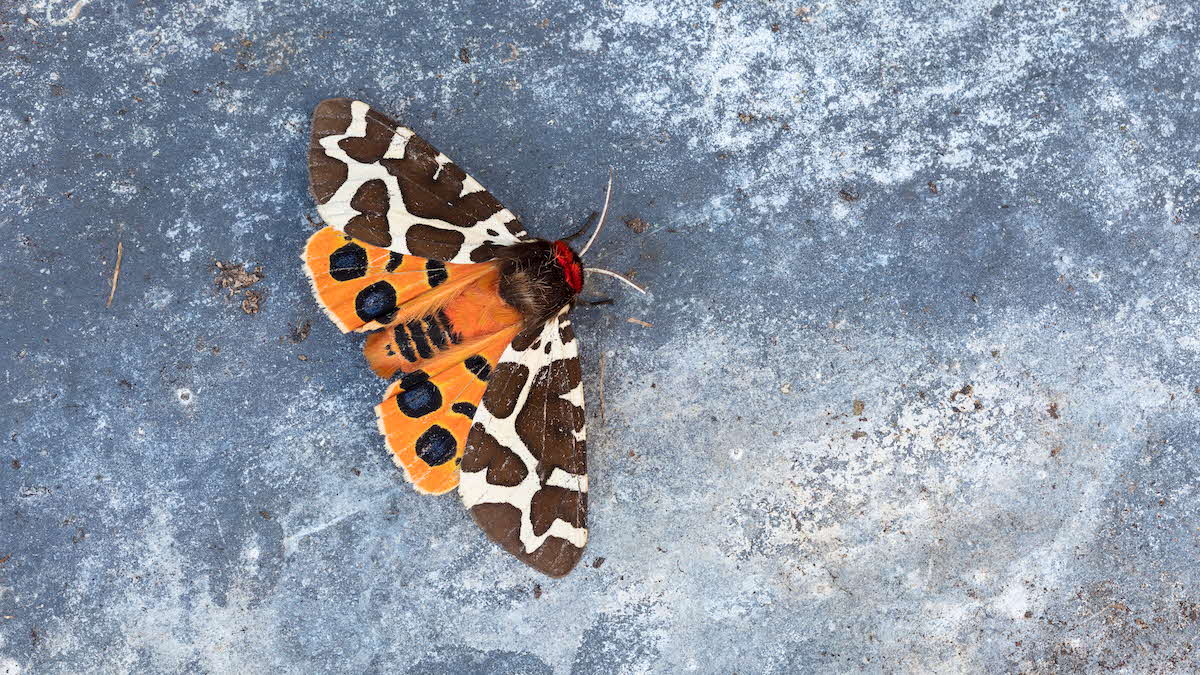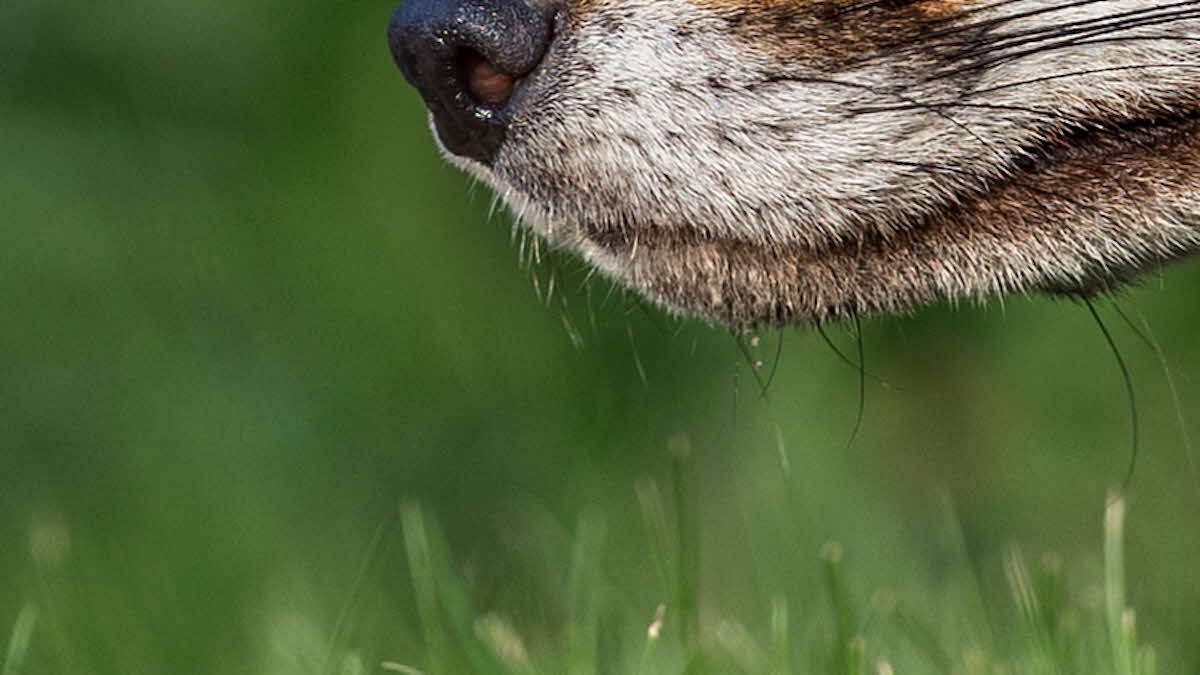Top nature campsites
You’ll be amazed at the variety of animals to spot on some of our Club campsites
View our top nature campsitesDavid Chapman introduces some of the fascinating species that can be found right on your doorstep
 The garden tiger moth can be seen across the UK
The garden tiger moth can be seen across the UK
It is widely held that the most exciting wildlife is only observable at nature reserves or in the wilder parts of the countryside. Indeed, we have a rather unfortunate idiom, ‘common or garden’, to describe anything that is ordinary or unremarkable. Well, let’s kick that idea into the long grass! ‘Common’ doesn’t equate to ‘unremarkable’, and our gardens are full of fascinating wildlife.
Some wild critters are so closely connected to our gardens that the word ‘garden’ is part of their names – for example, garden snail, garden spider, garden warbler, garden thrush (a local name for the song thrush), garden bumblebee, and several moths including garden tiger, garden carpet and garden dart.
Although some of these garden connections are a little tenuous – the hard-to-spot garden warbler, for example, prefers woodland – garden bumblebees are regular visitors from March to September, and garden tiger moths are probably seen in gardens more than anywhere else.
Even closer to home, many species have ‘house’ in their names: house mouse, house martin and house sparrow are three common examples. By extension, I should mention sparrowhawks, which are the commonest bird of prey seen in gardens. They hunt at speed and are extremely agile in flight, able to navigate narrow gaps in hedgerows. While the male sparrowhawk feeds on small birds such as sparrows, the larger female is more inclined to take bigger prey such as collared doves (known in Germany as ‘television doves’ because they often sit on television aerials!) and wood pigeons, both of which are regular visitors to our gardens.
Also making use of our homes in various ways, we have swifts, which nest under the eaves of tall buildings, pipistrelle bats, which roost under roof slates, and red mason bees, which make nests in holes between bricks. To encourage them, you can install swift nest boxes under eaves, put bat boxes on walls and make insect houses for bees.
Insect houses are a revelation, attracting not only mason bees but also leaf-cutter bees and a host of wasp species. Leaf-cutter bees cut perfect circular holes in leaves – watch as they land and saw out a section before flying back to the nest with it curled between their legs. They use these discs to line and cap their nesting cells which, in our insect houses, are usually in bamboo canes.
Although I am not aware of the word ‘shed’ appearing in any wildlife names, garden sheds attract a great deal of wildlife. Ours has played host to a wide range of hibernating species, including peacock and red admiral butterflies, as well as numerous insects such as ladybirds, lacewings and the beautiful herald moth, which is said to get its name because it hibernates in adult form and flies early in the year, ‘heralding’ the spring.
Gardens are important places for a number of declining species. Slow worms can be found in tight spaces under patio slabs, under pieces of carpet left on the compost heap or even pressed between pieces of wood and the glass of a greenhouse. Toads, frogs and newts all find sanctuary in our garden ponds and, without gardens, hedgehogs would be in real trouble. According to a 2022 report by the British Hedgehog Preservation Society, the hedgehog population in urban areas of the UK has now stabilised while in rural areas numbers have continued to decline.
Practically speaking, the more time we spend in our gardens, the more likely we are to spot species that are small in size or well camouflaged. For example, elephant hawk-moth larvae sometimes feed on my fuchsias in August; last year I found a troop of hazel sawfly larvae munching through the leaves of our hazel tree; if I’m lucky in summer I will find a hummingbird hawk-moth hovering at the flowers of red valerian; and because I live in the south-west of England, I occasionally find great green bush-crickets and even unarmed stick insects (introduced from New Zealand) in the bramble patch.
To increase my chances of observing interesting wildlife I sometimes set up a moth trap at night – it’s truly amazing what I find in the morning. Some moth adaptations are incredible; one that sticks in my mind is that of the Chinese character moth which, to protect against being eaten, has evolved to resemble a bird dropping when at rest! So, when you are not away in the caravan or motorhome this year, don’t despair – there’s always plenty of wildlife close to home, even if it is ‘common or garden’.
Try just one of these activities to attract more wildlife into your garden: dig a wildlife pond; make an insect house from bamboo canes; put up a nest box for blue and great tits, or a row of nest boxes for house sparrows; make a pile of logs next to a pond, hedge or patch of long grass; plant a berry-bearing shrub; install a bird bath; buy wildflower seeds ready to sow next month (try lady’s smock, garlic mustard and bird’s-foot trefoil for butterfly caterpillars, and knapweed, foxglove and red valerian for insects to feed on).

Every month I will show you a photo of something from the natural world. It might be a close-up, or a subject that is difficult to identify. All you have to do is figure out what it is! Here is this month’s photo; no clues or prizes – it’s just for fun.
I will give you the answer next month, but if you can’t wait, log in to the Digital Magazine. The subject of January’s mystery photo was: mandarin duck.